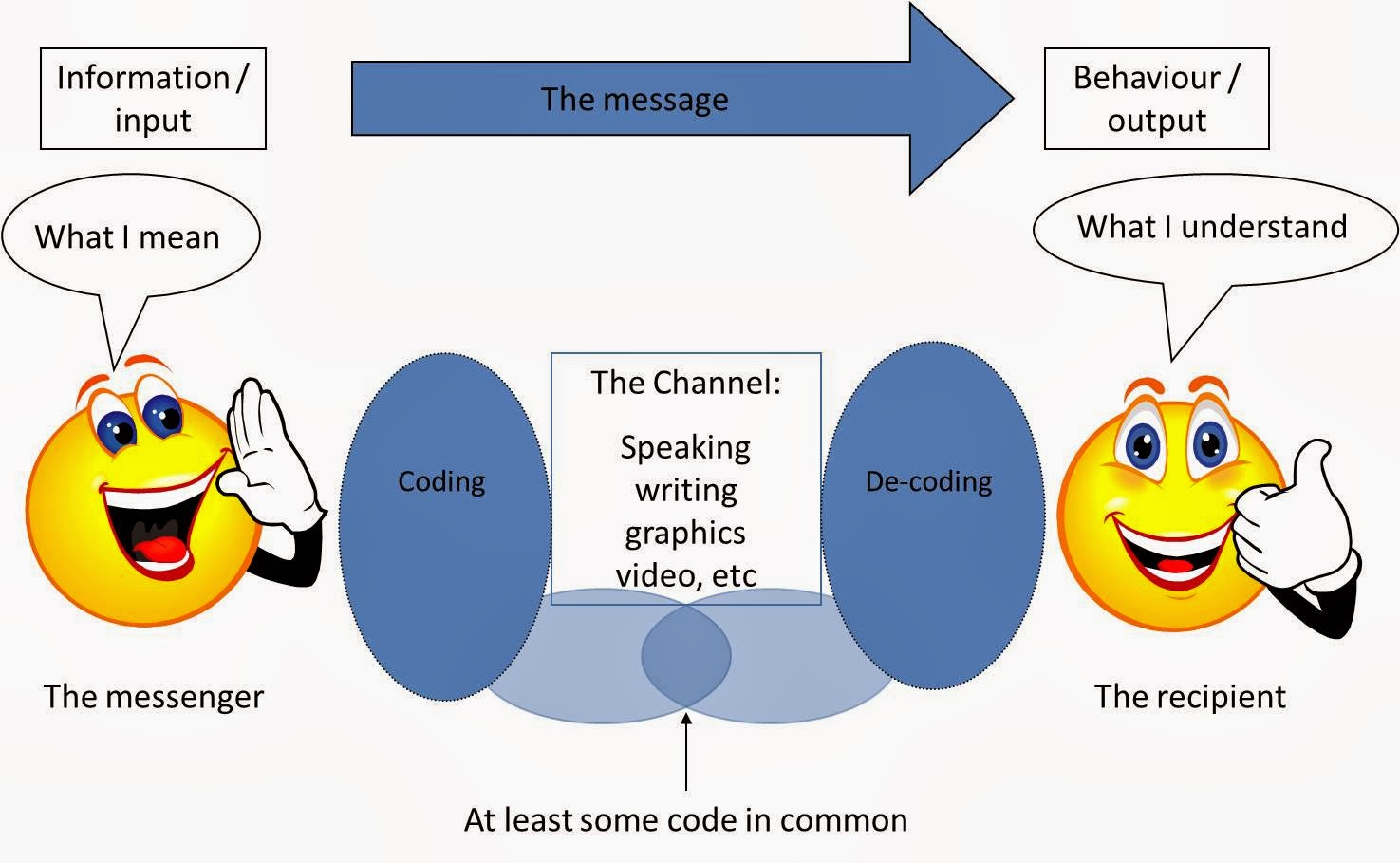Teaching Prose
1. Introduction
Prose lessons typically focus on narratives,
essays, or informative texts—all of which help students develop reading
comprehension, analytical thinking, and written expression. By choosing an
engaging story, teachers can captivate students’ interest while building
essential language skills.
2. Objectives of Teaching Prose
- Develop
Reading Comprehension
- Understand the plot, characters, setting, and themes.
- Infer
meaning from context and identify key details.
- Enhance
Vocabulary and Language Structures
- Acquire
new words and phrases in context.
- Observe
grammar and sentence construction in authentic usage.
- Cultivate
Critical Thinking
- Analyze
characters’ motivations and moral dilemmas.
- Discuss
and evaluate themes or lessons.
- Foster
Moral and Cultural Awareness
- Explore
cultural contexts or moral lessons within the text.
- Relate
story themes to students’ own experiences and values.
- Encourage
Imaginative and Creative Responses
- Stimulate
personal or creative writing tasks.
- Support
group discussions, debates, or role-plays.
3. Step-by-Step Procedure for Teaching Prose
Below is a general framework that can be adapted for
different grade levels and text complexities.
- Text
Selection
- Pick
a prose piece appropriate to the students’ age, interest, and language
proficiency.
- Example:
A short story from the Panchatantra for middle or high school
students.
- Pre-Reading
Activities
- Activate
Prior Knowledge: Ask students about related themes or experiences
(e.g., animal stories, moral lessons).
- Vocabulary
Preview: Introduce key words or phrases likely to appear in the
story.
- Prediction/Discussion:
Show a related picture or read the title, then ask students to guess what
might happen.
- While-Reading
Activities
- Reading
Aloud / Silent Reading:
- The teacher or selected students read aloud to model pronunciation and intonation,
or students read silently.
- Pause
for Comprehension Checks:
- Ask
short questions or True/False statements to confirm understanding.
- Clarify
confusing sections or new vocabulary in context.
- Post-Reading
Activities
- Story
Recap: Summarize major events to ensure students grasp the main plot.
- Critical
Discussion: Explore characters, conflict, or the moral lesson.
- E.g.,
“What motivated the characters’ actions?” “What would you do in that
situation?”
- Creative
Exercises: Role-play a scene, rewrite the ending, or design a story
poster.
- Writing
Tasks: Have students write a short reflection or paragraph analyzing
the theme or lessons learned.
- Assessment
& Feedback
- Assess
students’ understanding (quizzes, written responses, group
presentations).
- Provide
constructive feedback on language use, comprehension, and critical
engagement.
4. Example Prose Lesson: Panchatantra Story – “The Lion
and the Rabbit”
Grade Level: 7–9 (adaptable)
Story Summary: A cunning rabbit outsmarts a proud lion who has been
terrorizing other animals. Ultimately, the rabbit tricks the lion into seeing
his own reflection in a well, causing the lion to jump in and drown.
4.1 Pre-Reading
- Warm-Up
Discussion:
“Have you ever heard Panchatantra stories before? What kinds of moral lessons do they usually teach?” - Vocabulary
Preview:
- cunning,
reflection, arrogant, troop of animals, trick
4.2 While-Reading
- Reading
Aloud:
- The teacher reads the first paragraph to model fluent reading.
- Students
take turns or read silently in chunks.
- Comprehension
Checks:
- “Why
were the other animals afraid of the lion?”
- “What
clever plan did the rabbit devise?”
4.3 Post-Reading
- Discussion:
- “What
was the lion’s main flaw?”
- “How
did the rabbit use the lion’s arrogance against him?”
- “What
is the moral of the story, and how can we apply it to real life?”
- Creative
Response:
- Students
can rewrite the ending, imagining the lion realizes his mistake.
- Or
produce a mini-play: Groups act out the confrontation between the
lion and the rabbit.
- Writing
Task:
- In
100 words, summarize how the rabbit solved the problem and the moral
lesson.
4.4 Assessment
- Short
Quiz: 5 True/False or short-answer questions focusing on the plot.
- Reflective
Paragraph: Students submit a brief personal reflection on how
arrogance can lead to downfall.



Comments
Post a Comment